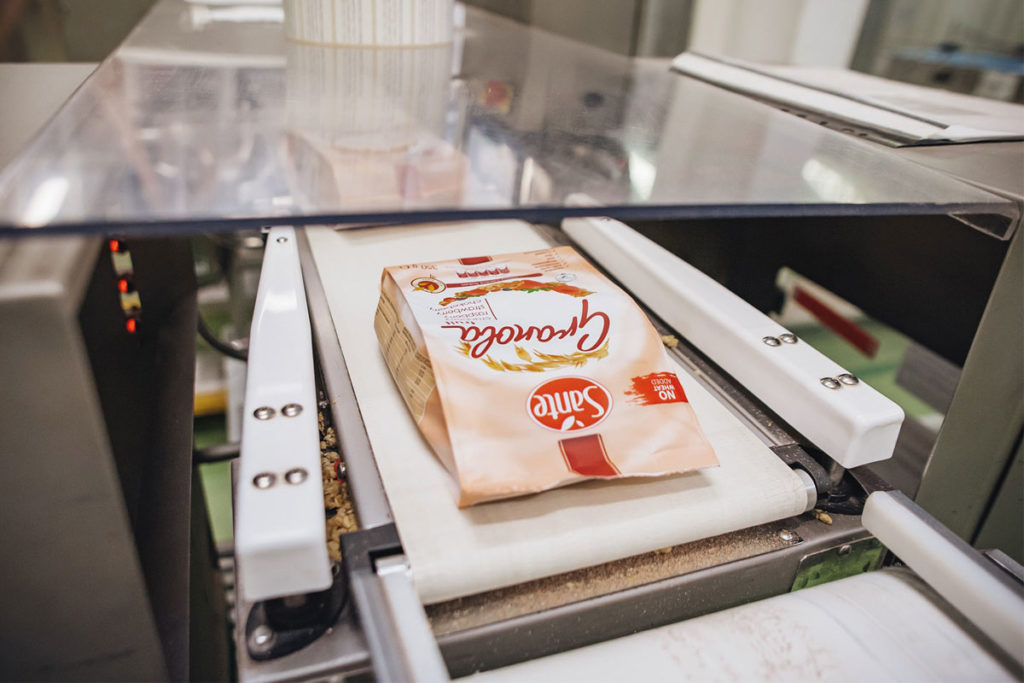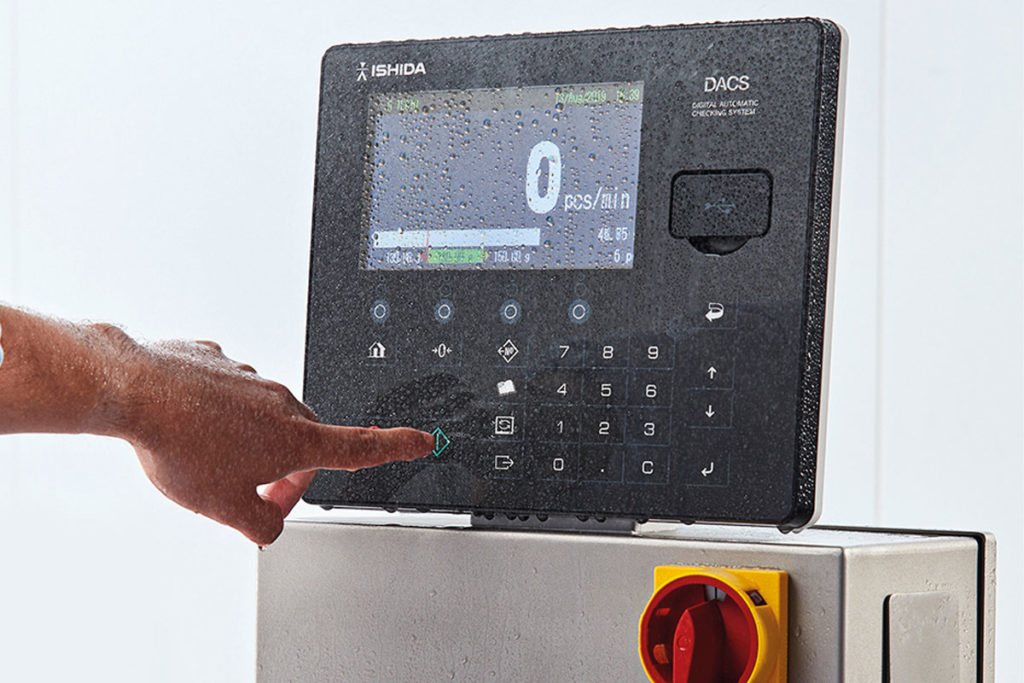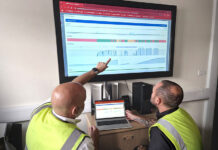Ensuring your checkweigher is fit for purpose is critical to its long-term performance and reliability, explains Philip Grove of Ishida Europe
IN today’s competitive food markets, manufacturers not surprisingly are focusing on the speed and efficiency of their production lines, making sure they can maximise throughput and at the same time have the ability to respond quickly to changing customer demands and market trends.
Critical to this is the reliability of the line – the best-performing machines are of little use if they are standing idle; and a key part of ensuring this reliability is that the machines are maintained correctly.
The checkweigher is an excellent example. Some may view its role on the line as relatively minor, in many instances simply confirming the correct weight of packs that have already gone through very sophisticated and accurate weighing and filling equipment. However, the highly regulated nature of the food industry means that if the checkweigher is unable to function, no packs can leave the factory until it is operational again.
When it comes to selecting a checkweigher, therefore, its design and construction should be a major consideration. Is it able to function consistently and reliably in the factory environment? In particular, does it have to withstand very wet or dusty conditions? And what about cleaning between product changeovers or at the end of a shift? Is this a very intensive or fairly simple process?
The answers to these questions will have a major bearing on the choice of an appropriate checkweigher. It is essential to check that the machine has been constructed with the necessary level of protection that will enable it to operate efficiently and consistently for the types of products and working conditions it will have to handle.
To help in the selection process, an industry standard – the IP rating – has been introduced to provide an indication of a machine’s level of ingress protection against dust and water. The ratings, which are carried out in accordance with the BS EN 60529 protocol, use two numbers, the first of which relates to its ability to withstand dust, the second to withstand water. In simple terms, the higher the number, the higher the protection offered.
To obtain an IP classification, machines need to undergo a series of rigorous tests, which are usually more extreme than real life factory conditions. For level 4 water ingress testing, for example, the machine is sprayed with a water a rate of ten litres per minute from all possible directions for a minimum of five minutes.
For levels 5 and 6 the machines are hosed down with increasing levels of intensity – 12.5 litres of water per minute for three minutes for level 5 which rises to 100 litres per minute for three minutes for level 6. The highest rating, level 9, involves even more extreme water temperature and pressure: 16 litres per minute at 80 – 100 bar working pressure and at 80 degrees centigrade water temperature.
Finally, levels 7 and 8 assess a machine’s ability to withstand submersion in water.
The tests for dust ingress are equally onerous. In most cases, a vacuum is created around the machine, with a flow rate maintained to withdraw 80 times the enclosure volume during the test, which lasts between two and eight hours. The machine is then inspected, with level 5 ensuring that no dust has collected that could interfere with the equipment or impair safety, while level 6 confirms that there is no dust present at all on the inside of the machine.
Using the IP rating system enables manufacturers to quickly assess the capabilities of individual machines and compare different suppliers. In particular, separating out a machine’s ability to handle dust and water is important. As entirely different hazards, they require different handling. A machine incorporating seals to effectively withstand water ingress will not necessarily be equally capable of preventing dust from entering critical parts.
Discussing your specific requirements with the checkweigher supplier will be important. However, in selecting your supplier, a vital first consideration is to check whether their machines have been independently assessed for their protection abilities. While it is possible for companies to self-assess and certify their machines, having them tested by an external company will provide a greater level of assurance as to the capabilities of the machines. The standards are rigorously enforced, with machines assessed and given a simple pass or fail based solely on the criteria of the test.
Ultimately, any machine is only as good as its weakest link. An IP rating will ensure that this weakest link is still strong enough for the purpose intended. As such it will provide vital help in identifying a checkweigher that will continue to deliver years of reliable service – whatever water or dust you throw at it.















